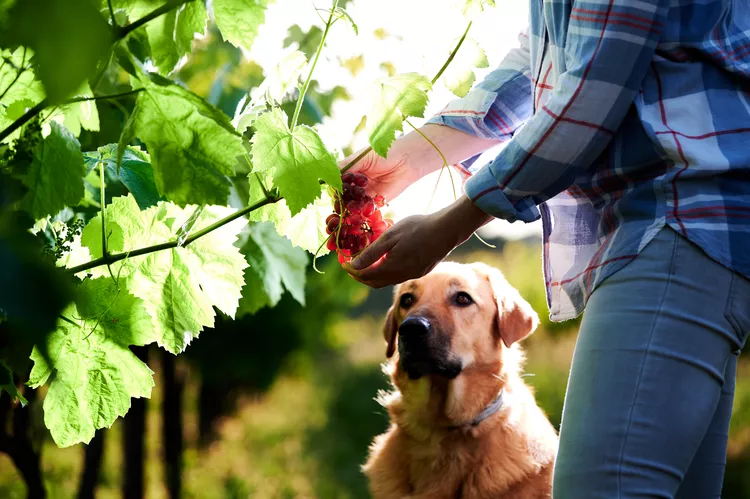
Visiting a winery can be a perfect springtime activity to relax and enjoy the outdoors as the weather gets warmer. And sometimes, that chilled glass of crisp sauvignon blanc is best enjoyed with a sweet pup by your side.
Many businesses, including wineries, have become increasingly pet-friendly in recent years. While there are many pet-friendly wineries, there is no one-size-fits-all pet policy, so it’s important to do your homework before visiting. Here's the lowdown on pet-friendly wineries, including how to find them, what to expect, and tips before you go.
Pet-friendly wineries are exactly what they sound like—wineries that allow you to bring your furry friend. But different pet policies often mean there are varying degrees of “pet-friendliness.” Certain wineries may require pets to be leashed, limit pets to certain parts of the winery, or enforce pet or breed restrictions.
Wineries may use the term “pet-friendly,” but dogs are by far the most common pet you’ll come across at a vineyard. However, if you have an especially social cat (or rabbit or lizard or guinea pig) that does well in public, you may be able to take them to a pet-friendly winery that welcomes all pets.
On the theoretical scale of pet-friendliness, imagine that one side is “pet-welcoming” and the other is “pet-permitting.”
Typically, pet-welcoming businesses not only allow pets, they encourage them. Pet-welcoming wineries often have amenities specifically for pet owners, like water bowls, treats, poop bag stations, or an on-site dog park. You’ll usually see a lot of pets and pet owners at these locations.
Pet-permitting businesses will often have more restrictions in place and fewer amenities. A common restriction at wineries is allowing pets in outdoor spaces but not inside the tasting room.
It’s important to respect pet policies and remember that just because there are restrictions in places, it does not mean the winery owners or staff have anything against animals. Often, there are reasons behind restrictions that are outside of their control, such as zoning requirements or state laws.
There are several ways to find a pet-friendly winery near you. One of our favorites is utilizing online resources that have already done the research for you. These websites often include lists, ratings, and reviews of pet-friendly businesses. We recommend BringFido, which features reviews of hotels, restaurants, activities, and events in all 50 states; and Cork Hounds, which lets you search for dog-friendly wineries, vineyards, meaderies, and breweries by zip code.
You could also look up the pet policy of a winery near you. You can often find out whether they allow pets on the FAQ page of their website, but sometimes it takes some sleuthing. If you can’t find a pet policy on the business’s website, you may have some luck searching their social media pages or typing the winery’s name and “pet-friendly” or “pet policy” into a search engine. As a last resort, you could always call a winery to ask about their pet policy. If a winery is not up-front and advertising their pet policy, they may not be very welcoming to pets.
If it is your first time taking your pet to a winery or someplace similar, you can likely expect some behavioral differences in your pet. Your golden retriever may be a well-trained, obedient angel at home, but in a new environment with new sights, sounds, and smells, that training might go out the window, so it’s a good idea to keep a close eye on them.
You can also probably expect some extra attention from other animal lovers, especially those who are feeling extra social after a glass or two of wine. If your pet is skittish, politely ask people who approach them to either go slow or leave your pet alone. Also keep an eye out for children, since they are often allowed at wineries.
Regardless of how pet-friendly the winery is, you shouldn’t expect them to have everything you’ll need, so it is always a good idea to bring your own water bowl and plenty of fresh water. You may also want to bring a snack or toy to keep your pet occupied.
Like most outings, before you bring your pet to a winery, we’d advise asking yourself: Am I doing this for my pet or for me? Think about whether your pet will really enjoy being somewhere that could be potentially crowded or overstimulating. A few questions you can ask yourself include:
If you decide you still want to bring your pet, here are some tips:

75 Unisex Cat Names
Our gender neutral cat names perfect for your feline friend, with a diverse selection of fun and inclusive options to fit your pet's disposition.
Why Does My Cat Stink?
Is your cat stinky? Find out about the causes of bad odors in cats and when it is something to be concerned about. Learn how to help your stinky cat.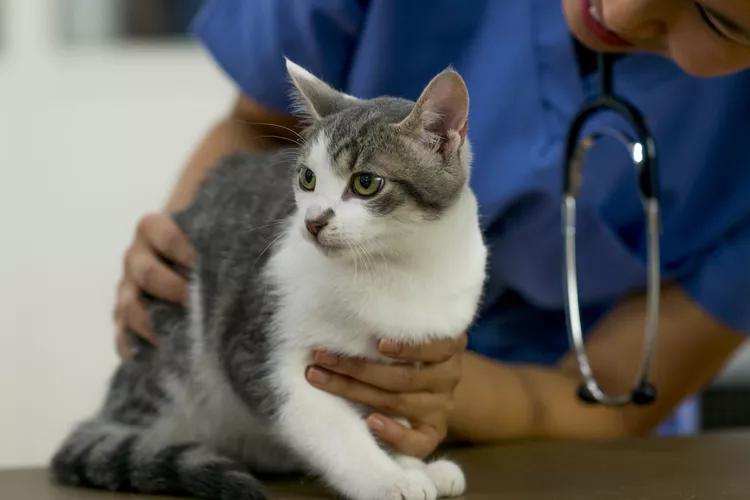
Signs of Rabies in Cats
Rabies is a fatal and contagious virus that can affect cats. Learn about the signs of rabies in cats and what to do about them.
Can Cats Eat Dog Food?
Can cats eat dog food? In small amounts, it's unlikely to be a problem, but long-term feeding of dog food to cats can cause health issues and malnutrition.
Exploring the Different Types of Pet-Friendly Beaches
Are you looking for pet-friendly beaches? Learn about the different types of pet-friendly beaches, their locations, and tips for visiting them with your pet.
Pulled Muscles in Dogs
A pulled muscle is one of the most common injuries seen in dogs. What can you do if your dog pulls a muscle and how can you prevent it?
Fibrosarcoma in Cats
Fibrosarcomas are potentially fatal soft tissue tumors that can occur in cats. Learn the causes, treatment, and prevention.
Alopecia in Dogs
Alopecia leads to hair loss and bald spots in dogs. Some breeds may be more at risk. Learn common causes, treatment, and prevention of dog alopecia.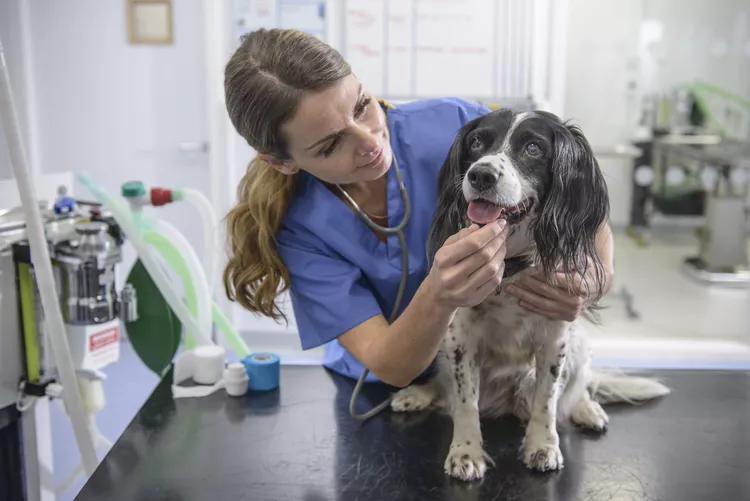
Is Acetaminophen Safe for Dogs?
Acetaminophen is used by humans for pain and fever relief, but is it safe for dogs? Here's what you need to know before giving your dog acetaminophen.
Can Dogs Eat Almonds? Understanding the Risks and Guidelines
Can dogs eat almonds? While a couple likely won't hurt, it's best to avoid feeding your dog this nut. Learn the risks here.
Keeshond: Dog Breed Characteristics & Care
Learn about the keeshond dog, also known as the Dutch Barge Dog. This fluffy spitz breed was bred to guard, but also makes a friendly companion.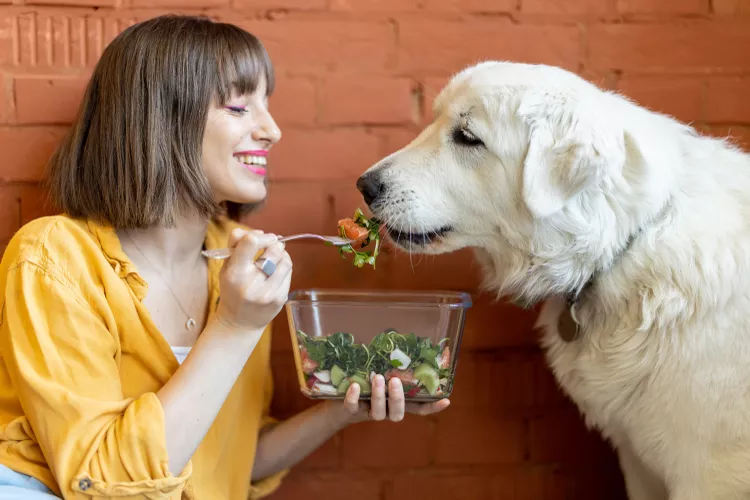
Is Rosemary Safe for Dogs?
Rosemary is used both for cooking and as a supplement with many reported health benefits in people, so you may be wondering if it is safe to give to your dog. Rosemary is considered non-toxic for dogs but with some caveats.
7 Hybrid Cats Breeds
Hybrid cat breeds can make appealing pets since they look more exotic than domestic house cats, but they aren't for everyone.
The Best White Cat Breeds to Keep as Pets
Several breeds can result in white cats with long or short hair. Find out the pros and cons of these white cat breeds.
11 Cute Pictures of Ragdoll Cats
Ragdoll cats are known for their beautiful coats and bright, blue eyes. Learn all about the breed, and check out some cute pictures here.
7 Reasons Why Your Cat Eats Paper, and How to Stop It
Is your cat eating paper? Learn why your cat is doing this, and find out how to put a stop to it.
Feist: Dog Breed Characteristics & Care
Feists are small, short-haired dogs developed to hunt squirrels and catch vermin. These high-energy, affectionate pooches make great companion animals.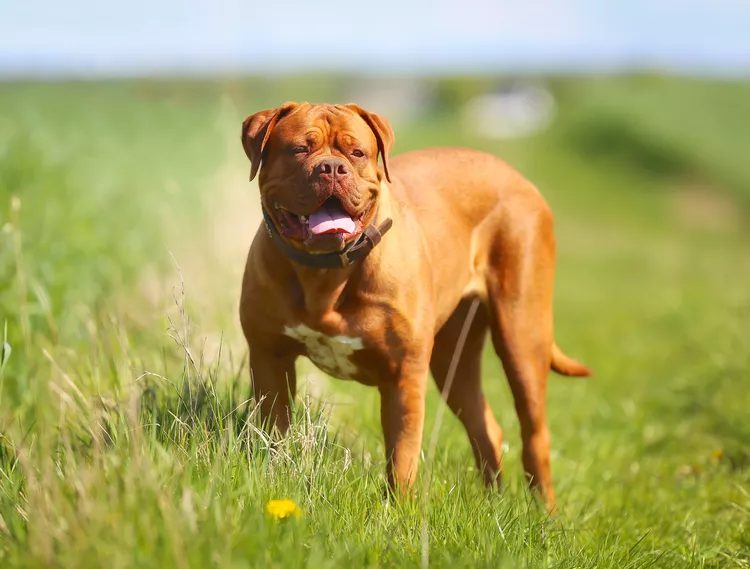
Dogue de Bordeaux (French Mastiff): Dog Breed Characteristics & Care
Learn about the Dogue de Bordeaux, also called the French mastiff. Although large and muscular, they’re known for their calm and gentle personality.
How to Stop Your Dog From Fearing Men
Many dogs have a phobia of men. Learn how to help your dog overcome its fear through desensitization and training while keeping everyone safe.
Why Dogs Eat Poop and How to Stop Them
Is your dog eating poop? Some dogs do this because of stress or illness. Learn how to prevent stool eating, or coprophagia, in dogs.